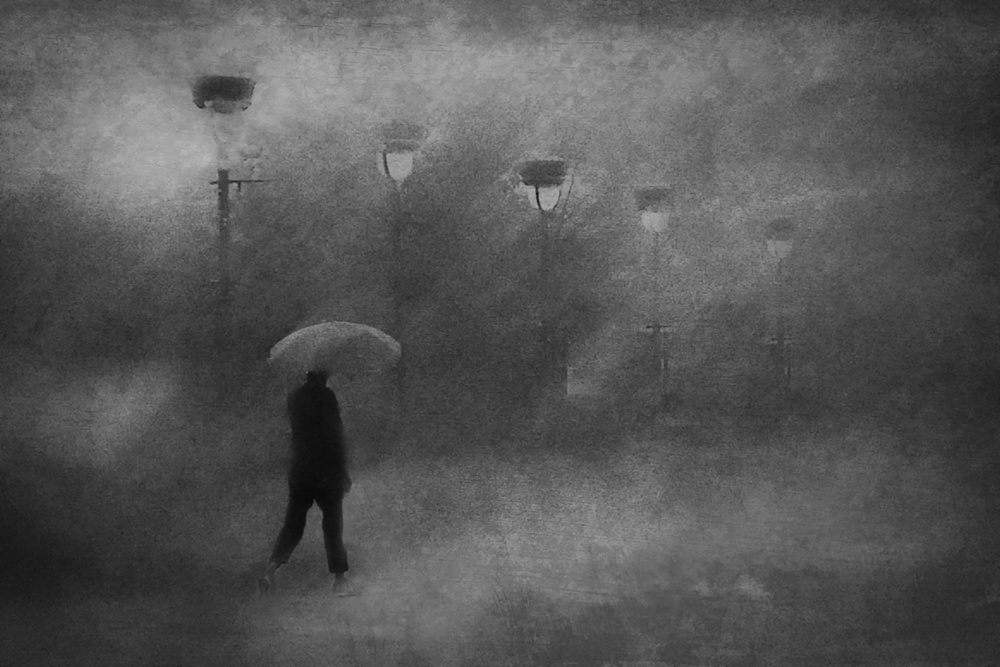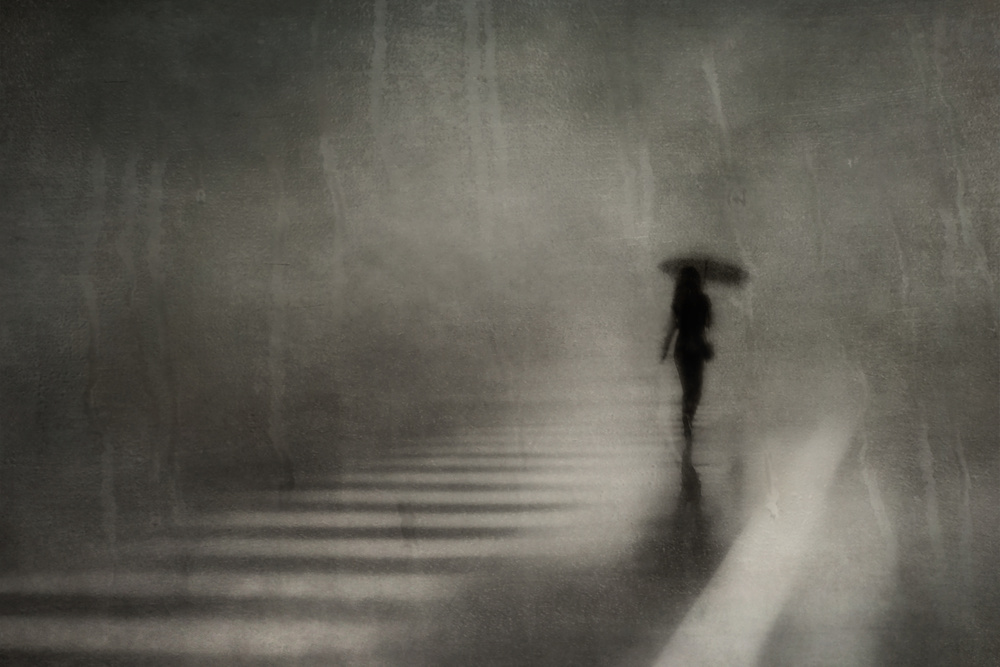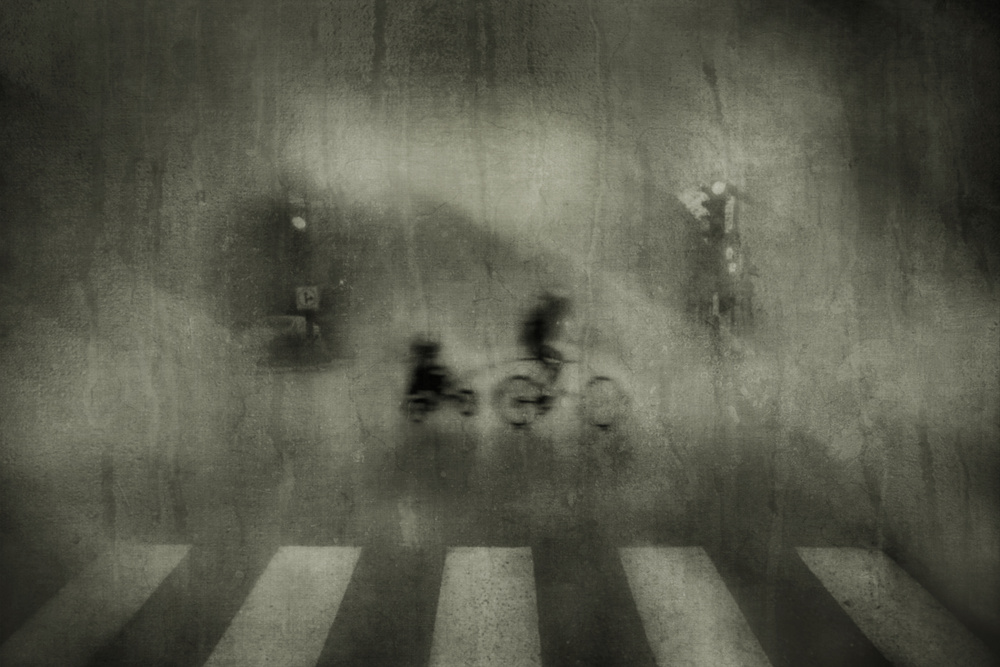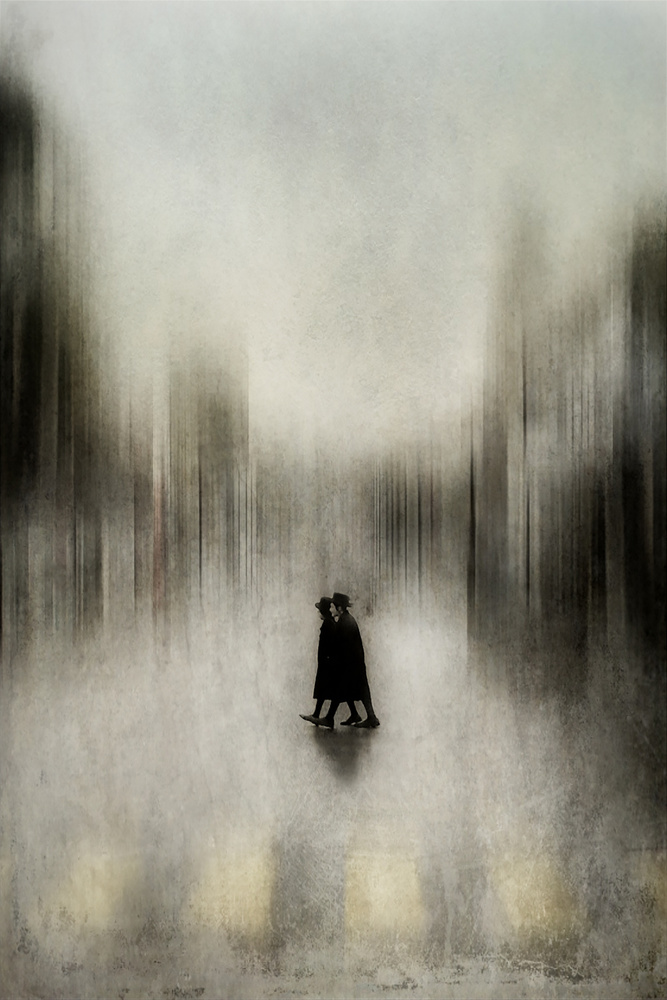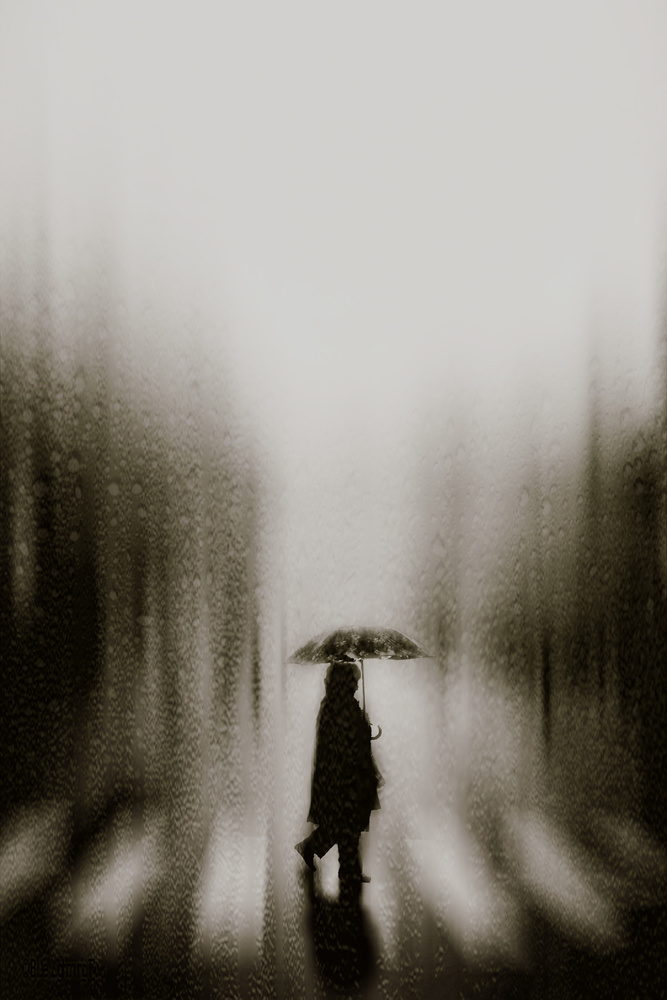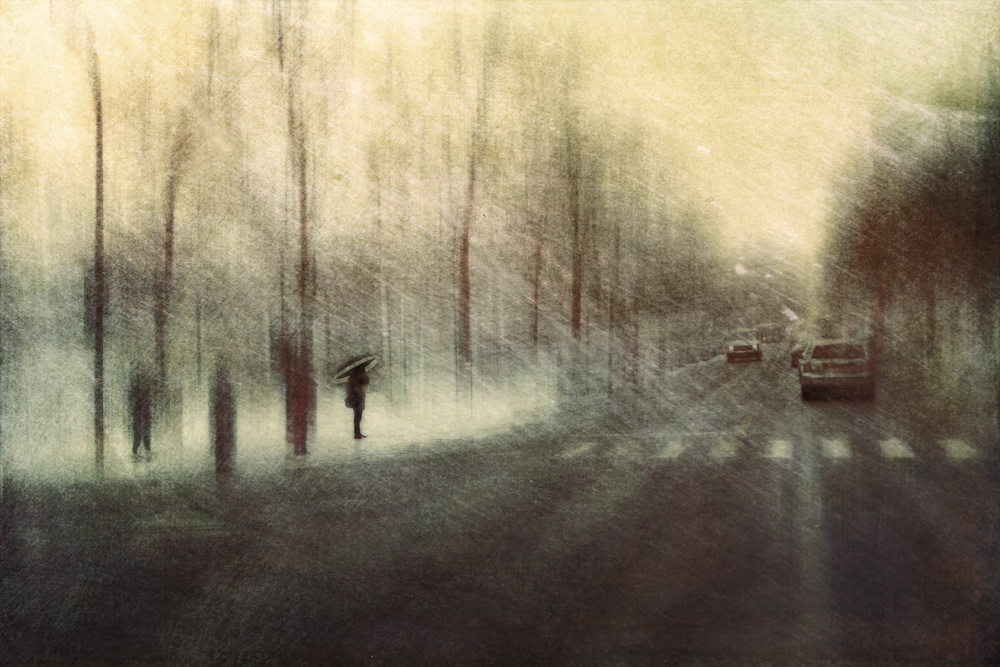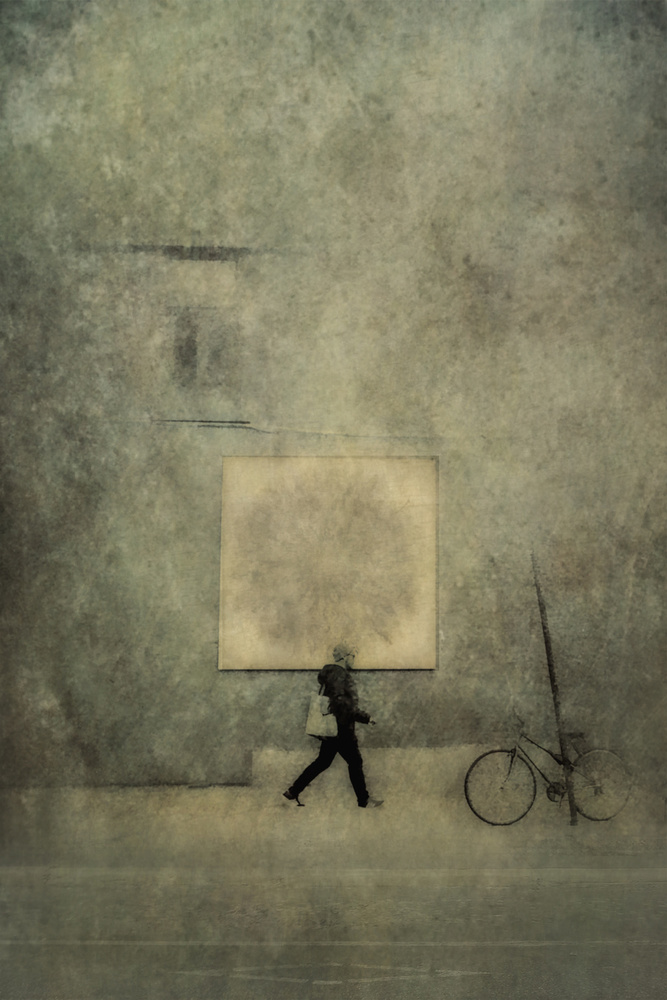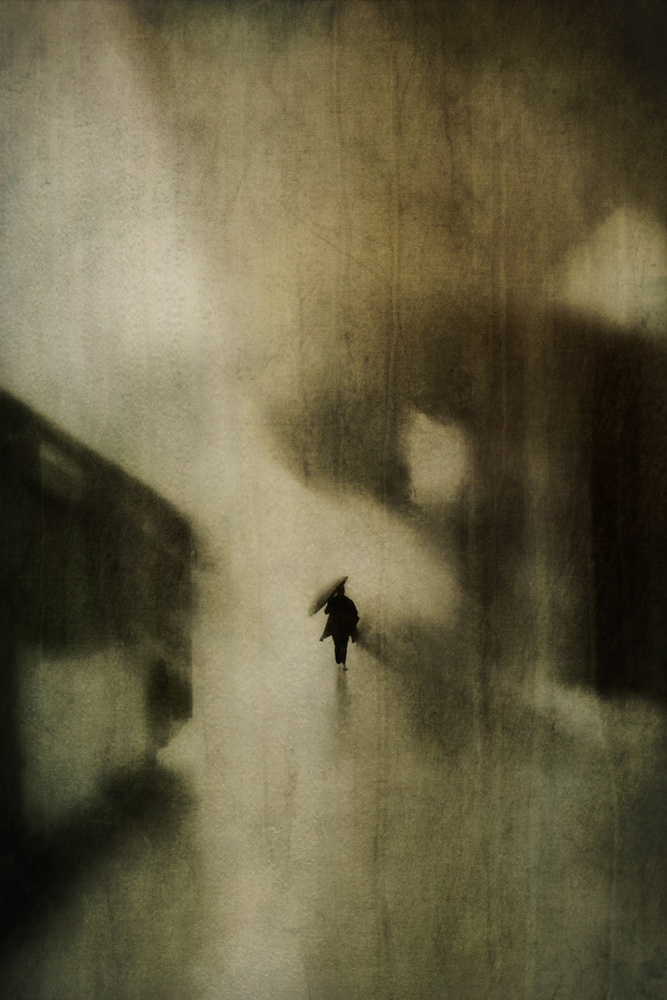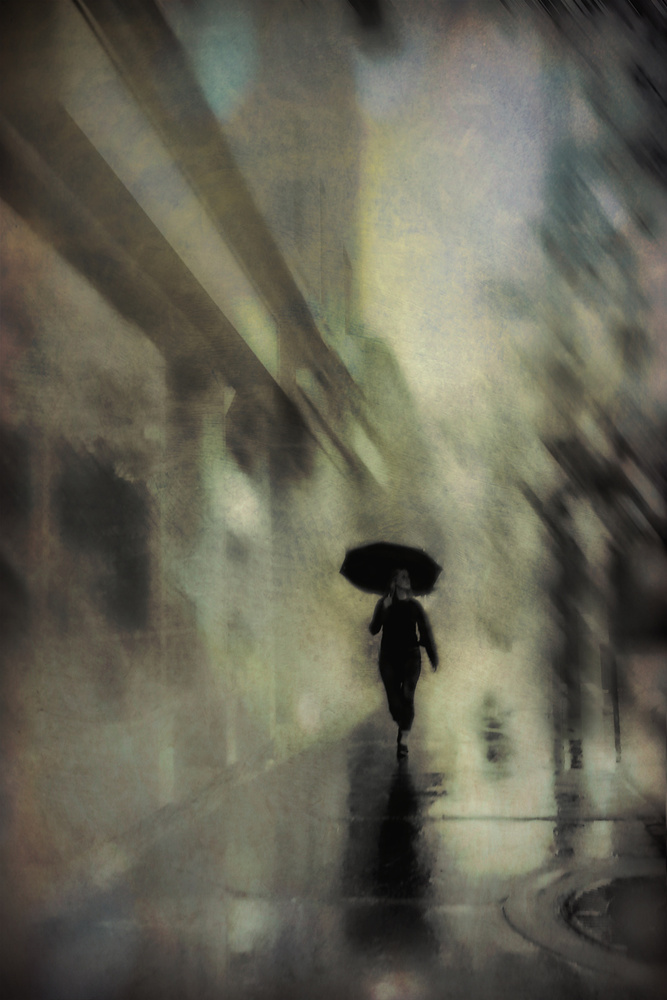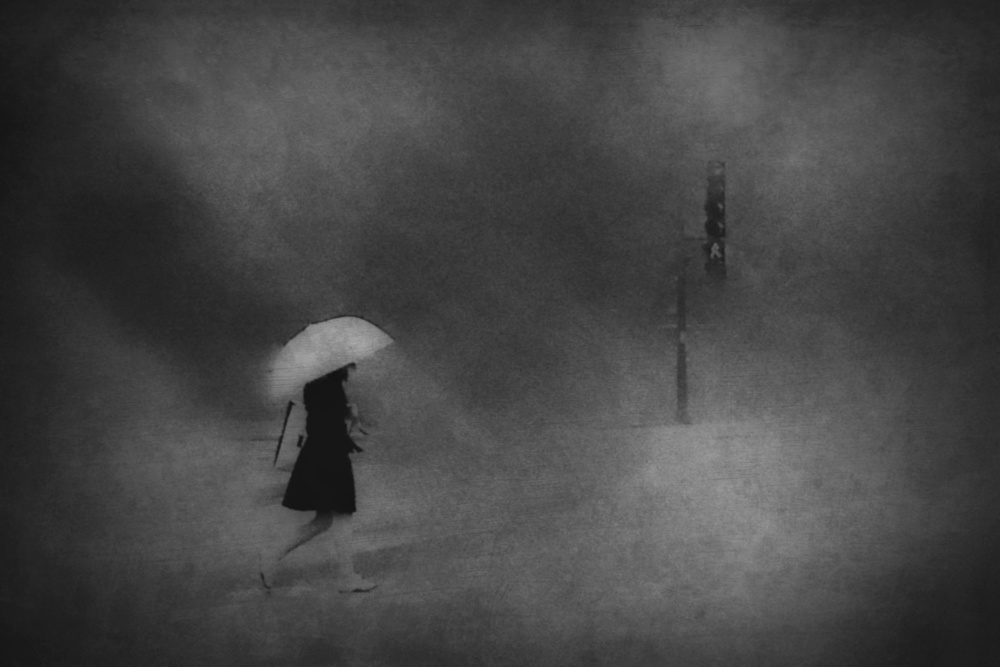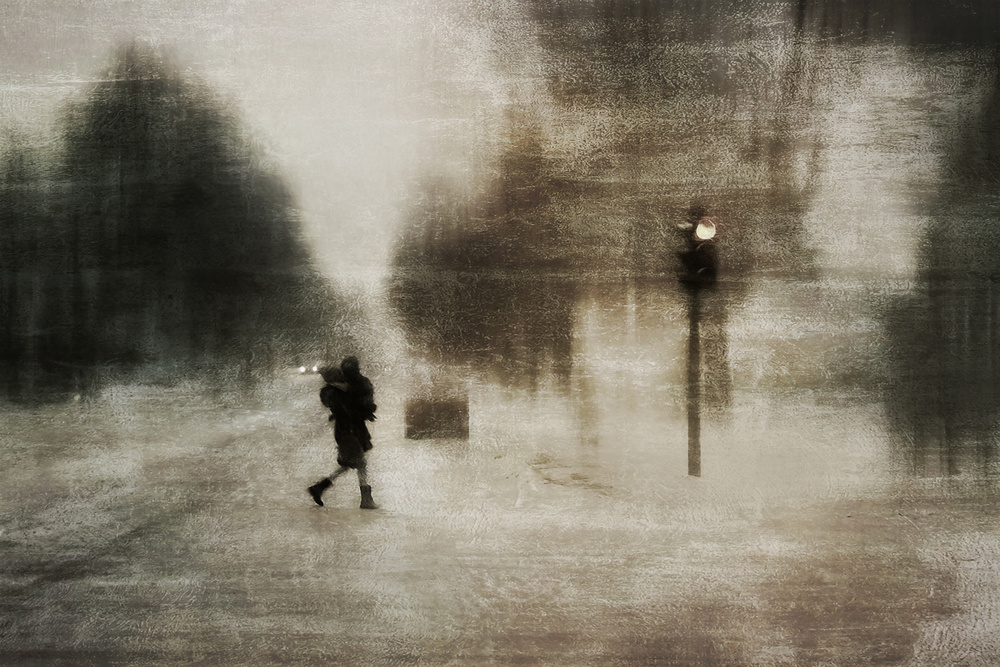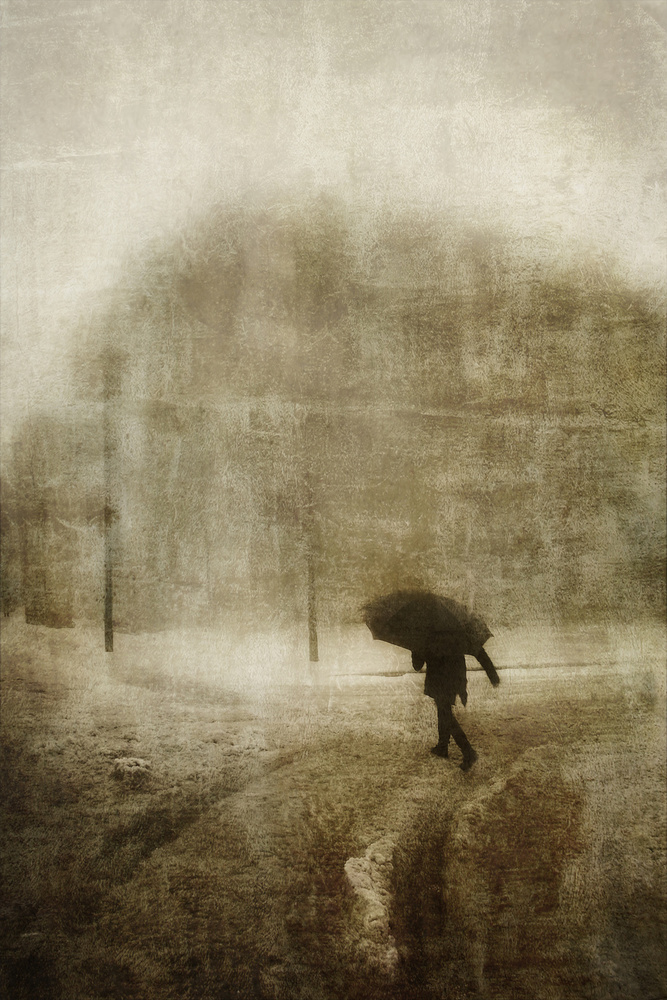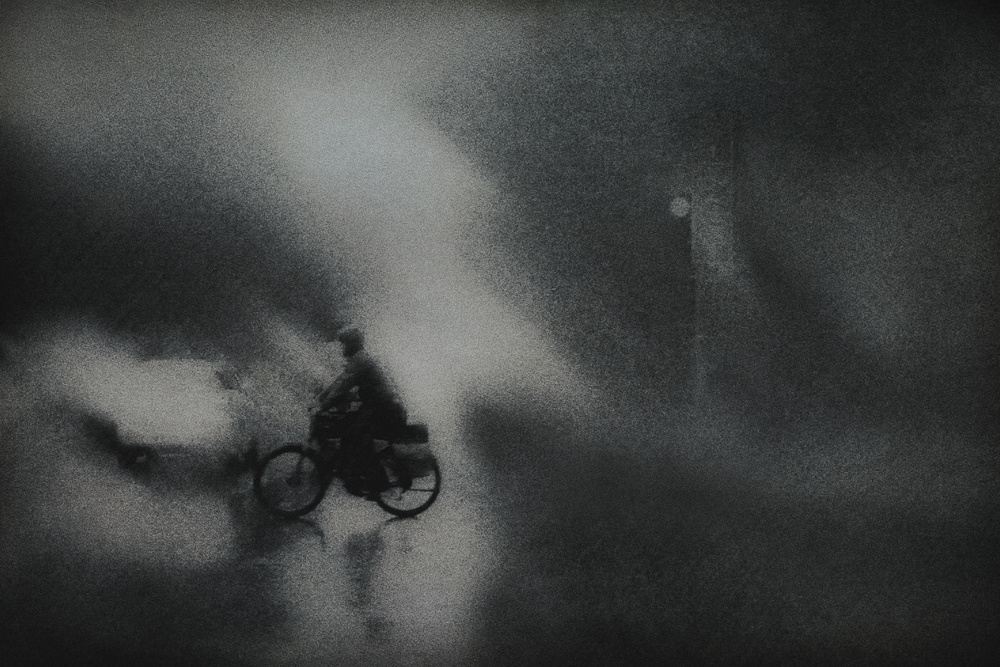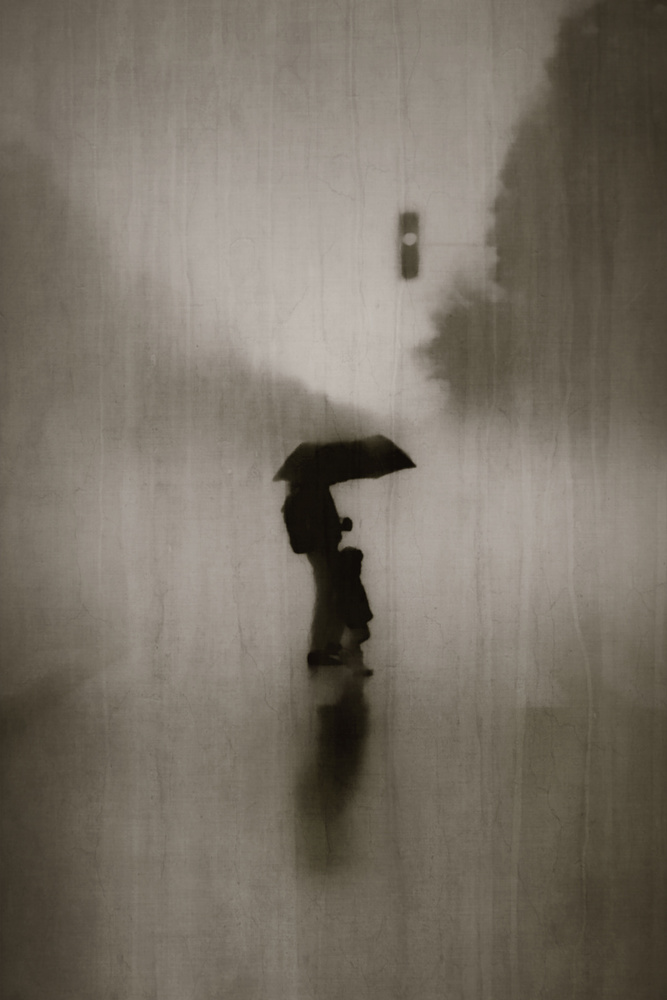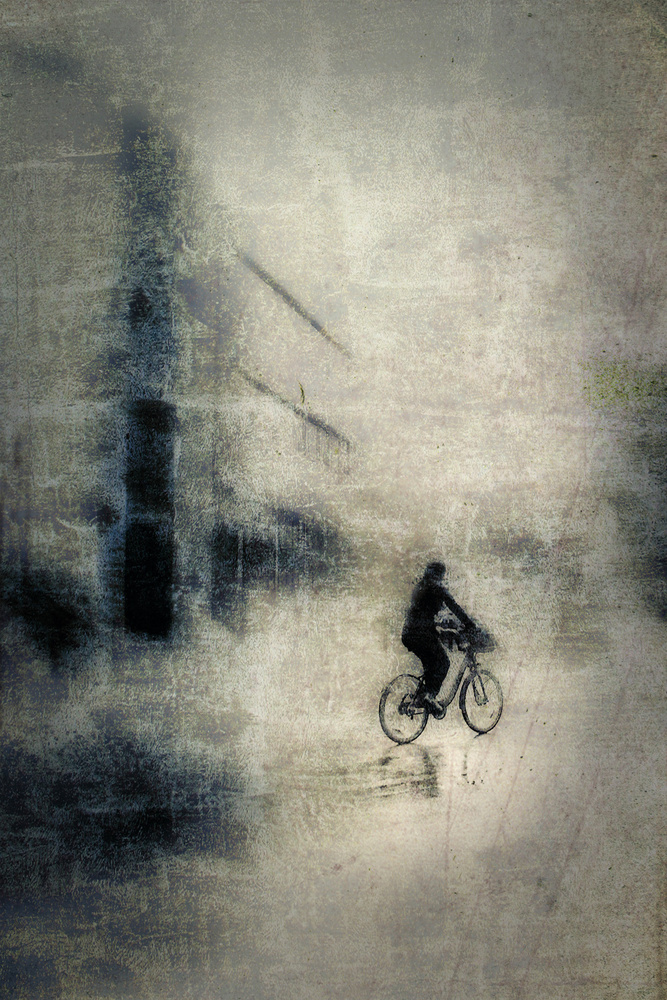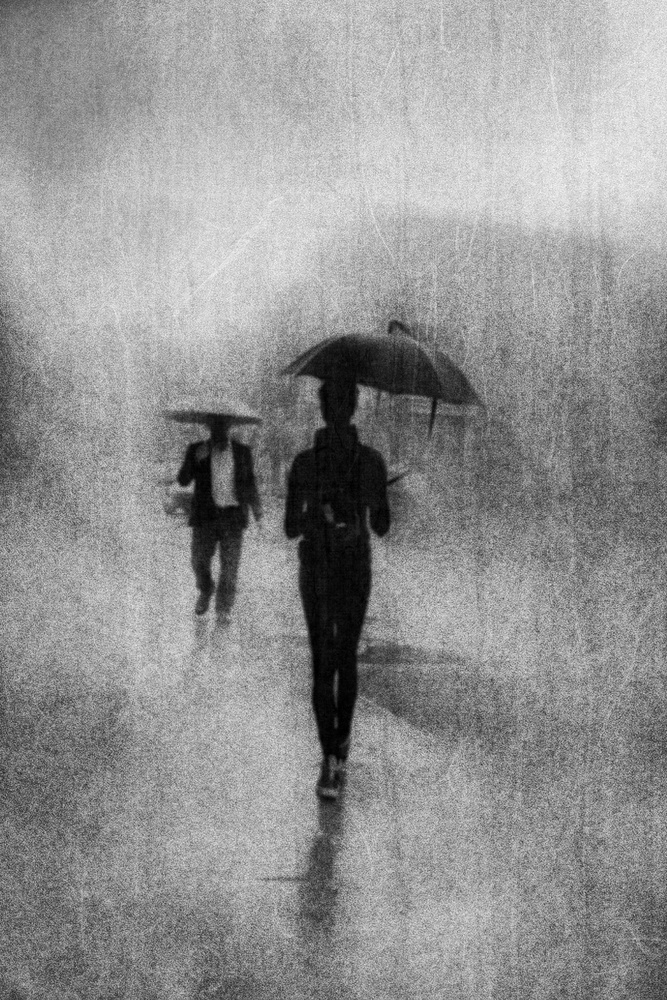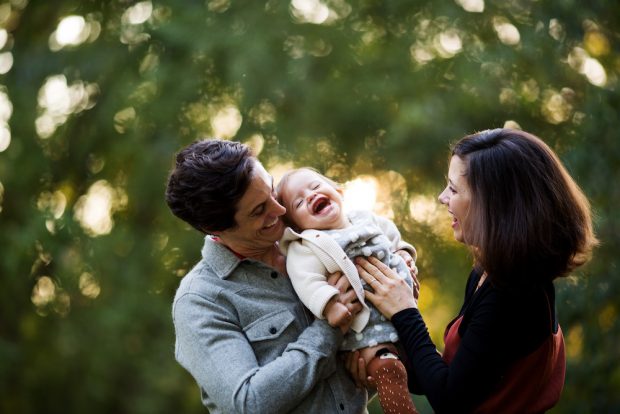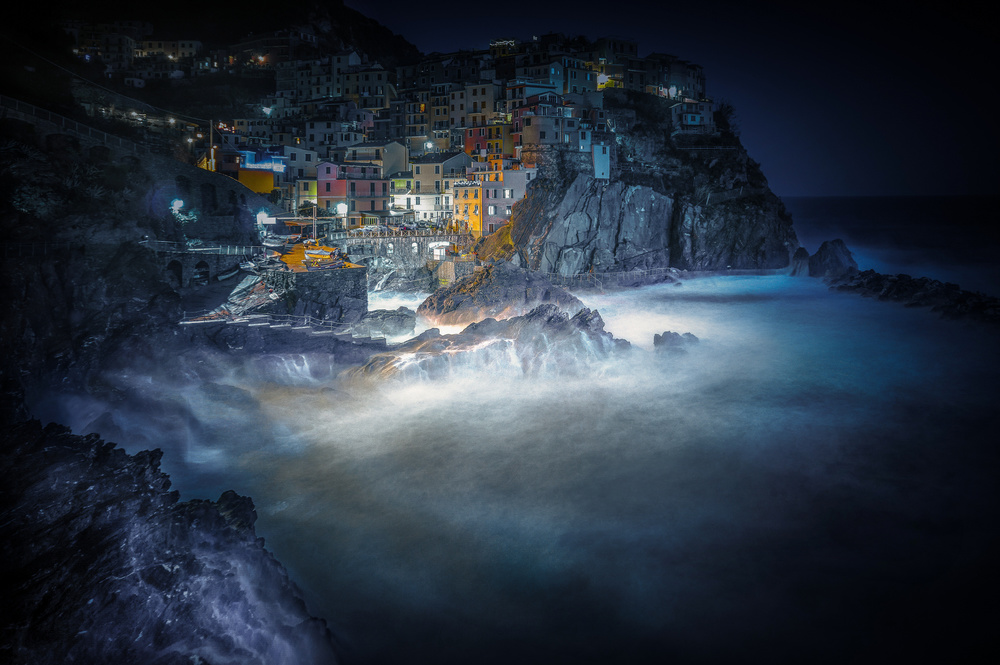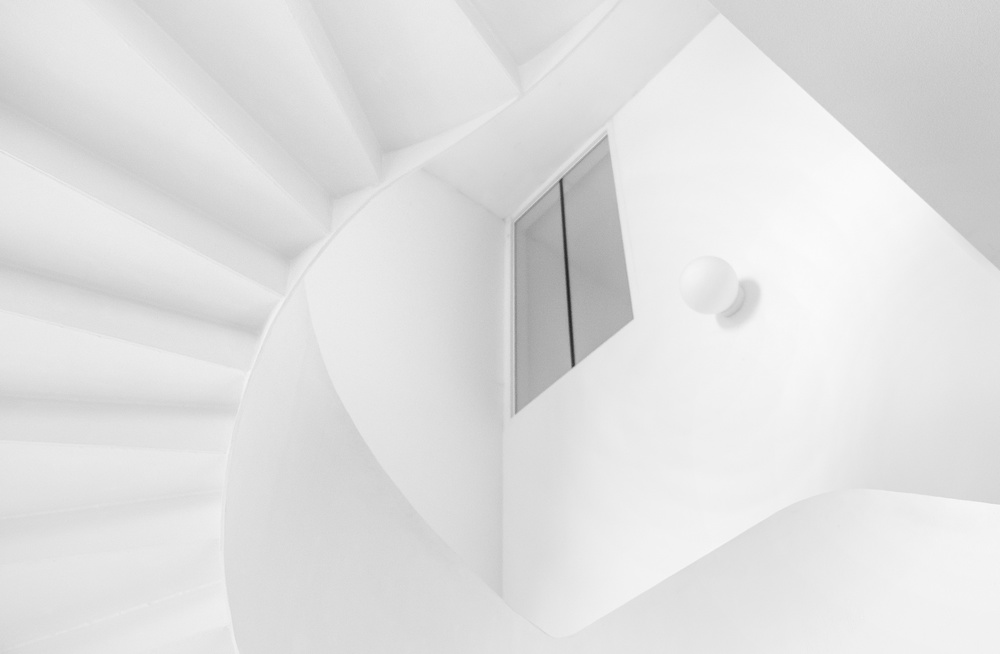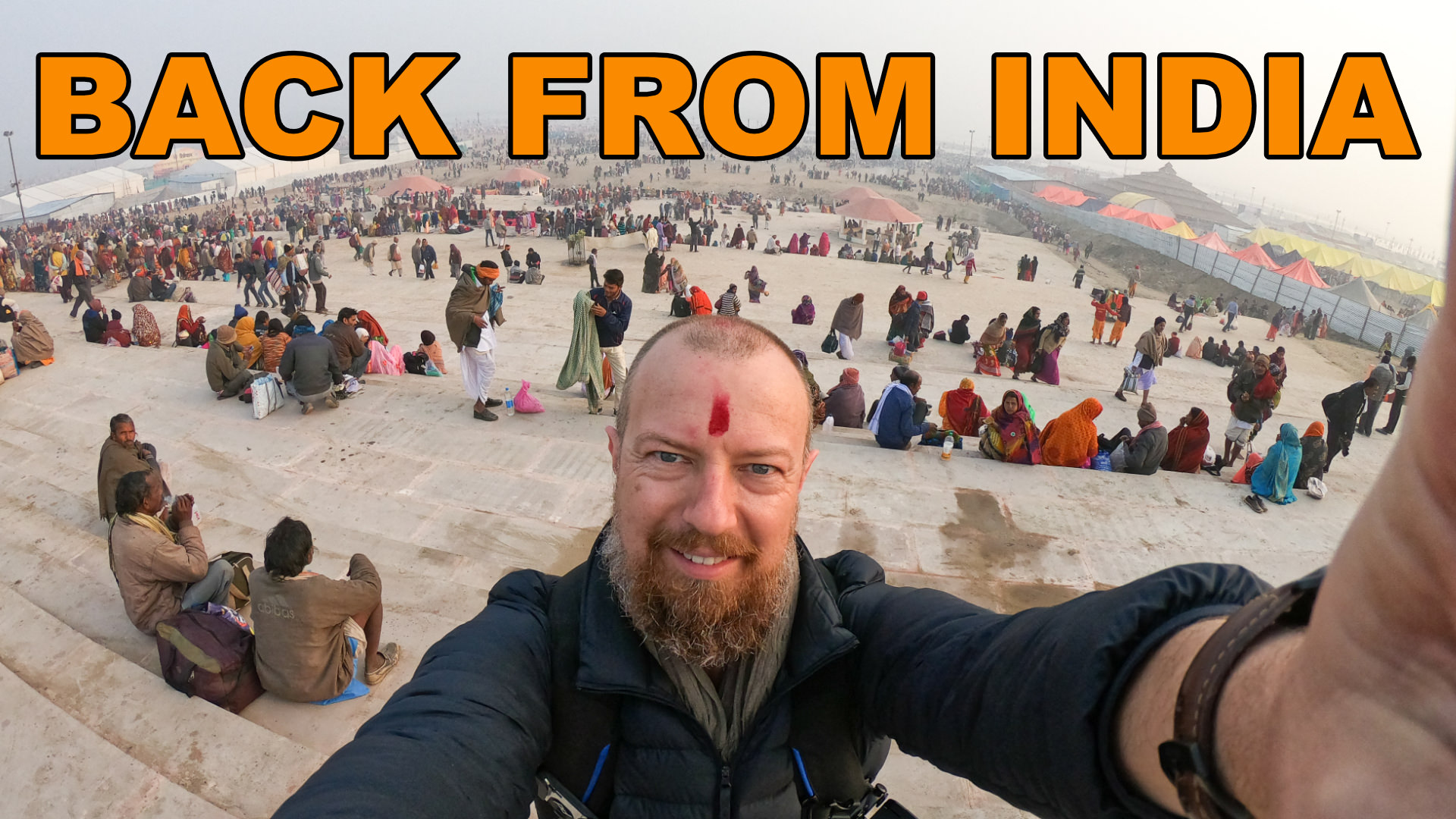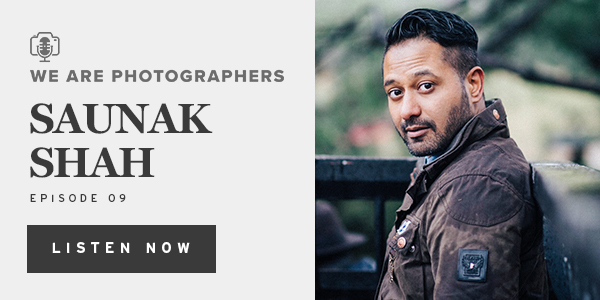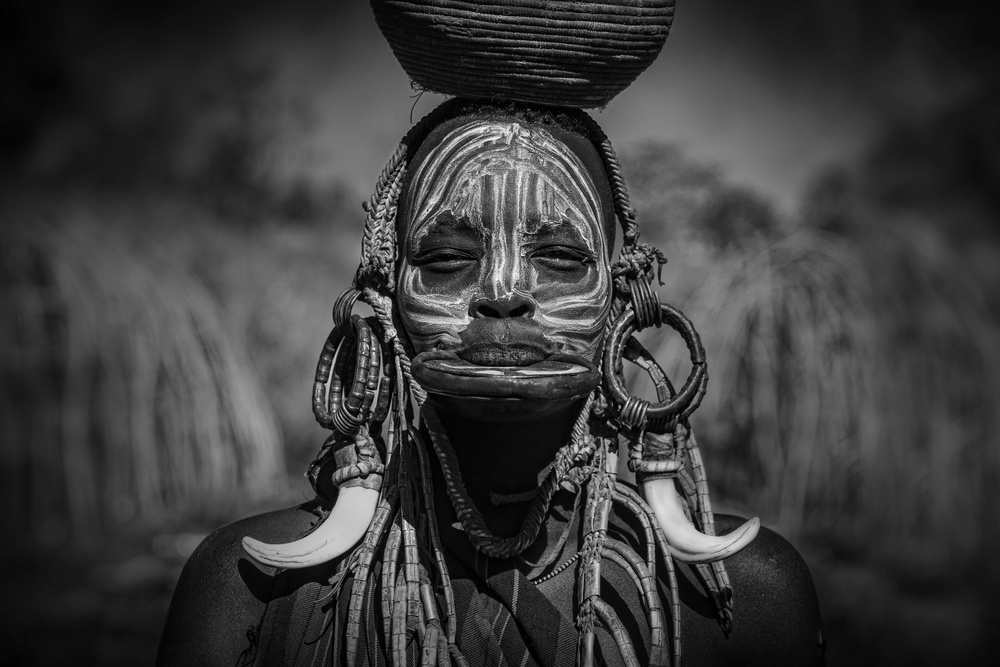Tips & Tricks
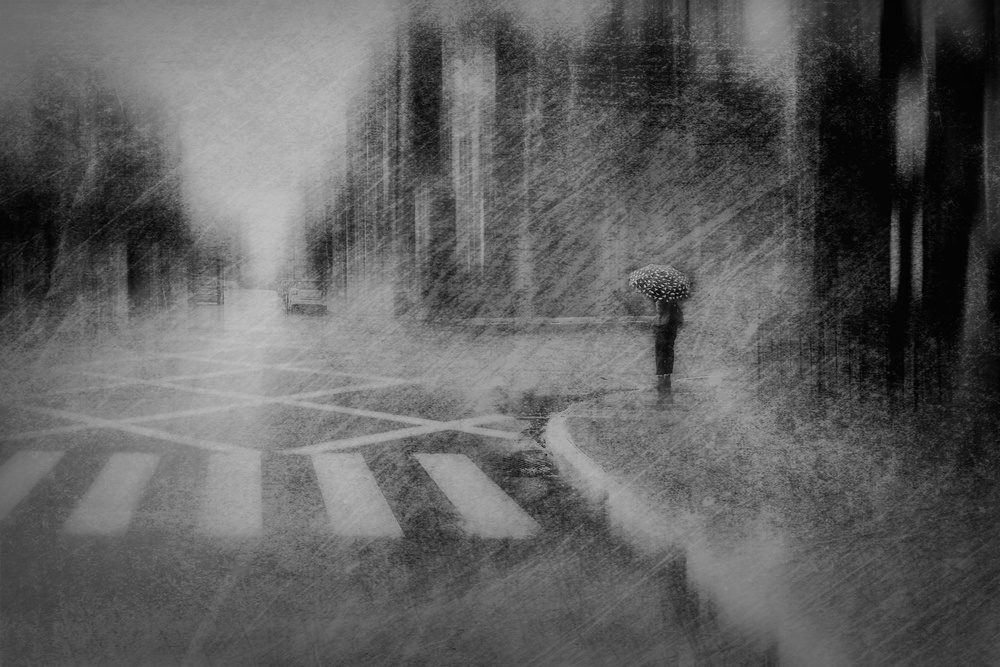
Daniel Castonguay: Photographer of the week
1x Blog-Tips & TricksDaniel Castonguay is a street photographer in heart and soul. Depicting the quotidian life in its simplest form, his unique style is pretty audacious and not necessarily following the rules surrounding this type of photography in the pure sense of its definition. His post-production work allows him to put the emphasis on the mood and atmosphere. Daniel brings his street shots to his own fantasy level and state of mind. Let's wander together through his inspiring world full of poetry and learn more about this passionate artist.
Briefly tell us about yourself, dear Daniel.
I’m a street photographer from Montreal, Canada. I started photography in 1979 as an extracurricular activity. Living in a great city, I was naturally driven to street photography and depicting the quotidian life in its simplest form, I admit being very audacious not necessarily following the rules surrounding this type of photography in the pure sense of its definition. Indeed, my post-production work allows me to put the emphasis on the mood, the atmosphere I was in when shooting. In fact, I just brought my street photography to a fantasy level and this let me to not just display my images but my state of mind as well.
How has your history and life experiences affected your photography?
Which are your most important experiences that have influenced your art?
To me, photography represents the adventure of a lifetime. Life experiences, expectations, and even the disappointments will trace a path, an ideal that often transforms over the years and influences my vision and perspective of life and this is reflected in my work as well.
Street photography and what comes out in terms of art is none other than a mirror of my way of seeing what interests me, touches me and even disturbs me. When I look at my work over a fairly long time span, I realize that my progression in photography is a succession of experiences depicted in different “frames“ or episodes and from this point of view, this development allowed me, in my humble opinion to become a better person and to have a much better understanding of others and this is a key element and a motivation in the street photography discipline.
What first attracted you to photography?
Curiosity and the desire to learn ! Back in 1979, as a member of a youth association, I had to choose an activity for the upcoming session. Naturally interested in science and experimentation, photography seemed a very fascinating activity since I could have access to a dark room where I could, of course, develop my images but the most interesting part was experimentations such as creating effects and image manipulations, this was at the time very empirical and with no rules, I then discovered that photography was an endless source of learning and it still applies today. From the very beginning, I am self-taught. We had not much but enough literary resources to manage. We sometimes did some kind of brainstorming on the practices to use though, that was some sort of classes on the fly. Even today, with Internet resources, it is much easier to be self-taught or follow lessons from tutorials. With a minimum of discipline and time, it can be very fun to learn. I refer very often to the Internet for post-production techniques or simply to be aware of the latest photographic editing trends.
Describe your overall photographic vision.
For me, photography is neither more nor less than a matter of relationships with our environment and these ties will induce different behaviours which we can relate to. These reciprocities can be with others, elements or things. For example, our relationship with bad weather such as rain will induce a state of resilience that will render mood to imagery.
The quotidian life is more or less the same for all with a few variations. A part of my work as a photographer is to bring this daily life into a world of fantasy, something related to reverie. This will create a duality, a paradox. The paradox of the ordinary life in a universe that exists only in one's own imagination that can literally be anything but still being able to relate to.
Why are you so drawn by creatively edited photography?
Personally and without displeasing anyone, the fact of illustrating the daily life in its pure reality bored me enormously from a technical and artistic point of view. So I started working on my images to fill a “lack” of something, to add some mystery.
As we all know, a photographic style is not invented overnight. Learning post-production software led me to create composites to give an atmosphere to my work, but it took too much of my creative mind, and I then focused on my images as they were without adding or removing elements. After all these attempts, it ended up with the style you now know.
What is more important to you, the mood,/story behind your images or the technical perfection?
From a personal point of view, I believe that the quest for technical perfection is like looking for the holy grail and represents a task humanly impossible. However, it is wiser to capitalize on the “management” of imperfections. Imperfections are part of my imaging and the atmosphere that I create in my works. All put together, the textures, character behaviours, and imperfections will create the mood helping the viewer to get into a story.
What generally is your relationship to your subject matter beyond being an observer? Do you prepare carefully the locations where you are intending to photograph?
Being a street photographer is above all being a part of the urban life, to contribute to its vivacity, its pace and almost belonging to a chaotic scenario. To me, street photography is more than a “picture making business“, it’s being part of a continuous theatrical sketch where I play the role of a silenced character. From this point of view, the connection is almost inherently made when working in the field.
However, the notion of presence and especially of anticipation is a key constituent since, at a certain moment, the desired image is neither more nor less than building up and the events have not yet occurred. It's like trying to predict a plausible scenario. So, one of the roles of the street photographer is one of a story maker and his intuition is his best ally. Let’s take as an example a man in a subway station waiting for the train, the train arrives, the doors open and simultaneously, a lady comes out of a wagon arms raised, and even if actually they do not know each other, the image story may be about their reunion or such. The importance of the connection process is more than punctual, the connection must be also anticipated and that's what I mean by being part of a theatrical sketch.
Also, in street photography, the notion of proximity is one of the first importance. The concept of proximity is very relative, depending on the number of people and the circumstances in which photography takes place. Shooting in a crowded fair helps to get close to the action while shooting in a deserted terminus at 10 pm requires a little more judgement and tact.
With years, I realized that in this type of photography, the planning is not that important since it’s a work of solitary, a one-man band walking around in the city. When out for taking pictures I have no idea what I'm going to end up with, I have not many expectations and very often at the end of a photo session, while reviewing the roll, I often discover some surprising jewels.
What gear do you use (camera, lenses, bag)?
Since 2010, I mainly work with a Pentax K-x, it's a small and light reflex. I am now in the evaluation process for a mirror-less but I haven’t decided on a preference yet. The main features I am looking for are the robustness, lightness, size and mainly the quietness, I should make my mind somewhere this year.
At one point I was using a nifty fifty lens (50mm f1.8) on an APS-c sensor camera. So, the equivalent of a 75mm considering the crop factor. It was okay when the goal was to isolate the subject but I quickly realized that it was far too narrow, the urban decor was set aside losing so much on the height and the depth given by the accessories such as street lights, buildings, and lines on the pavement. Now, I aim for anything around 20mm and it’s the ideal without much distortion.
As a street photographer, I prefer to travel light so, I do not carry any bag or bulky items, It is less cumbersome when travelling by subway.
What software do you use to process your images?
A factor to consider when selecting a post-production software is obviously the access to learning resources and portability and I mean by portability the possibility of exchanging documents from one system to another and also from one software revision to another. Without a doubt, Adobe Photoshop & Lightroom became with years the reference. for my needs, I do not work much with Lightroom preferring the use of Adobe Camera Raw which is implicitly tied to Photoshop. So, nearly all my work is done using Photoshop.
Can you tell us something more about your workflow?
Well, considering that each of my photos, just like any other photos are unique from the start in terms of lighting, geometry and composition, I work every picture as if it was the first one I'm working on. In my mind, the concept of workflow and probably some will agree with me, rather refers to mass production and I have a hard time to comply with, since art is not a product in itself but rather the result of a way of thinking, of seeing things.
However, some stages of my post-production will be similar from one image to another but the whole treatment will still be unique for each of my images.
What is your most important advice to a beginner in creatively edited photography and how do you get started?
Since the advent of digital technology, there has been a quiet revolution in imaging. Photography is no longer reserved for an artistic "elite", photojournalists or for media distribution. Several new photographers have emerged without understanding the very essence of photography which is an art and must remain an art, and at a certain point, that's sad. However, I understand that the learning curve for a new photographer is long and time-consuming, but if from the beginning this one understood that photography was art, this photographer will essentially produce artistic work and strive to evolve in style and artwork quality
Who are your favourite photographers and more importantly, how has your appreciation of their work affected how you approach your own photography?
Without a doubt, Henri Cartier-Bresson is one, if not the most prominent figure in the history of street photography. His subtle and brilliant use of compositional geometry has made his work an inspiration for many. Several studies of his works are a priceless source of inspiration.
The photographic style and personality of Saul Leiter is, in my opinion, the pure definition of audacity. In his remarkable period of colour, Leiter made us discover his way of seeing his neighbourhood in a unique vision. The simplicity, emotion, and audaciousness in his works, as well as the modesty of the character himself, made Saul Leiter a reference and a great source of inspiration in photography as well as in life in general.
Joel Meyerowitz's view of his urban environment and his fascination towards the actors of the quotidian life is an inspiration in itself. The exceptional quality of his photographic work is due, certainly to his immense talent in addition to his understanding of the people. His intuition is an asset that enhances the whole of his work. To me, Joel Meyerowitz combines emotion, intuition and daily life scheme consideration, essential qualities of a street photographer.
In my opinion, by bringing together the main qualities of these three masters of photography, namely geometry, audacity and fascination, we can manage to transcend the photographic medium to reach a whole philosophy of work.
Is there any specific photo taken by another photographer that has inspired you a lot and why?
One of the most inspiring images for me is certainly "Man cycling down street" by Henri-Cartier Bresson. This image combines all the elements of the compositional geometry applied to photography. Among many other qualities, this photo unites arabesques and diagonals, while clearly showing a well defined relationship between the figure and the background. For me, it's an amazing photo from an emotional, aesthetic and geometric point of view.
Are there any specific directions that you would like to take your photography in the future or any specific goals that you wish to achieve?
It is quite difficult to keep an objective perspective when it comes to one's own work. First, the important thing is always to do it with fun and not feel obliged to produce and publish. I have many things to improve, new techniques to learn, I must always look to refine my style, it is the work that remains to be done and this work will probably take several years. In my humble opinion, we must not become complaisant in a comfort zone, we must try to evolve, do not change style drastically but look to find variants in our own style and this is the challenge to me.
Describe your favourite photograph taken by you and why it is special to you?
It is my image “ Rendez-vous “, this is the very first image of my series that really pleased me. I took it in a very crowded area next to a subway station at the morning rush hour and I got an immediate connexion when I saw this scene. I like the mystery surrounding it and even when shooting I could feel it, this was a very particular moment as a photographer.
Is there anything else you wish to add and what do you think about 1X as a home base for your work?
I consider, to date, that a 1X portfolio represents sort of a business card for clients such as galleries, magazines and even passionate photographers. This is one of the best platforms for promotion.
The great reputation acquired by 1X over the years is undeniable.
Thank you very much to 1X crew for allowing me to say a few words on such a prestigious tribune and thanks to the readers for taking time for reading me, hope you enjoyed.
. '

